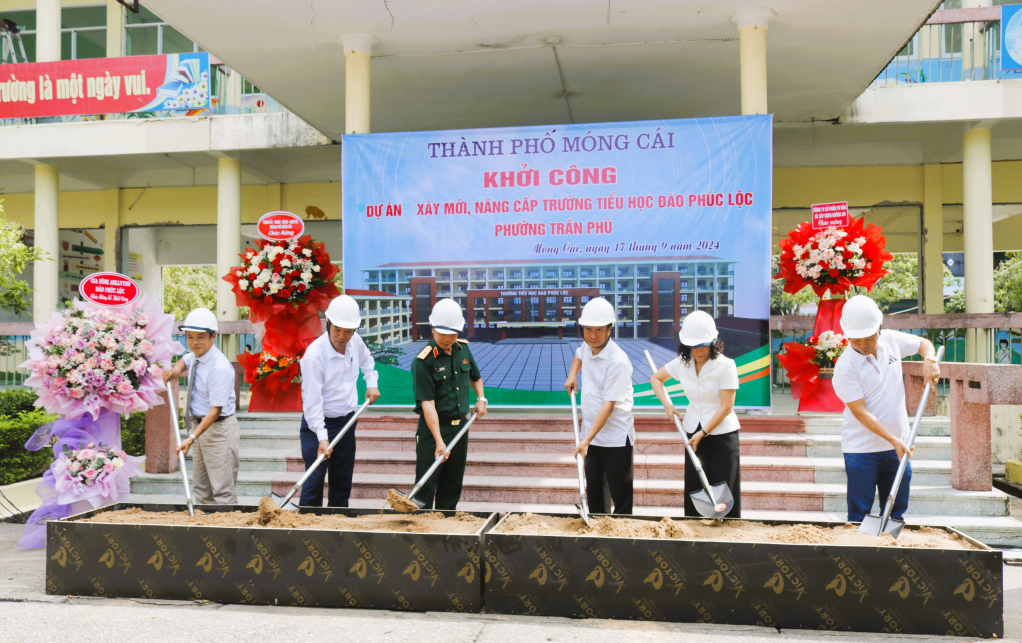
It can be affirmed that in recent times, the focus on mobilizing and using resources has been decisive in improving the quality and efficiency of growth and development. In particular, in the period of 2021-2025, Quang Ninh has developed a plan and proactively promoted the mobilization and effective use of social resources to invest in developing synchronous infrastructure with many modern works. Along with that, the province also directed to strengthen management, improve the efficiency of public investment; restructure state budget expenditures towards saving regular expenditures to reserve resources for development investment.
Accordingly, in the 2021-2025 period, Quang Ninh province is determined to continue to adhere to the goal of "using public investment to lead private investment". Capital from the budget will be allocated for investment in key and driving projects that stimulate and unleash investment resources from other economic sectors. In particular, focusing on investment to improve technical infrastructure, meeting the requirements of sustainable development. Notably, in addition to the projects resolved by the 15th Provincial Party Congress, Quang Ninh prioritizes resources to implement the fields of education, training, science and technology, processing, manufacturing, digital economy, digital society, digital government and environment...
The capital sources in the annual plan were all assigned early by the province and allocated in detail to each project and investor for implementation right from the beginning of the year. The capital sources were arranged in a concentrated manner, not spread out. The capital allocation was prioritized by the investor to pay off outstanding debts of basic construction and for urgent projects. Newly started projects in the province were also strictly controlled, not allowing investment to spread out, exceeding the capital balance capacity, causing outstanding debts of basic construction.
In particular, the investors have paid attention to and directed the final settlement, so the settlement of completed projects in the province has really changed positively in all stages: preparing reports, submitting for review and approving final settlement. This has contributed to solving the problem of outstanding construction debt and final settlement in the province.
The selection of investment methods, resource mobilization and project implementation must emphasize the role and responsibility of the leader, associated with the responsibility for resource mobilization, investment management, and post-investment project management. Localities and investors need to continue to improve their capacity to appraise investment projects, select qualified contractors; resolutely eliminate unqualified consulting units and unqualified contractors...
With the determination in management and direction of the province and the active participation of localities and investors, capital for development investment has been maximized effectively, contributing to the successful implementation of socio-economic targets.
The implementation process ensures the principle of focused, key, decisive, synchronous, modern investment, concentrating on the 3 strategic breakthroughs set out at the 15th Provincial Party Congress; priority areas of dynamic regions, disadvantaged regions, climate change prevention, key projects identified at the 15th Congress and newly added important projects with high spillover effects; ensuring balance and harmony between sectors and regions, both increasing the driving force for growth and creating the driving force to attract capital from outside the society.
Notably, the province also attaches great importance to implementing the grassroots democracy regulations in the field of state budget collection. Directing functional sectors to analyze and forecast difficulties and challenges for each sector and field to have appropriate solutions and strive to complete tasks in a timely manner. The tax sector has proactively developed plans, focused on assessing, analyzing and forecasting factors affecting revenue sources; reviewed revenue items and potential revenue sources...
From there, strengthen management, exploitation and anti-loss measures to compensate for revenue shortfalls due to the impact of objective causes; at the same time, strengthen the management of value-added tax refunds, strictly handle fraudulent acts, abuse of tax refund policies, and appropriation of money from the State budget. The publicity from the beginning of the year on measures to manage revenue sources, prevent revenue loss, practice thrift, and combat waste, along with transparency and democracy in mobilizing and allocating State budget resources, has contributed to accelerating the development progress of sectors in the area.
Source: https://baoquangninh.vn/uu-tien-nguon-luc-cho-dau-tu-phat-trien-3359869.html



![[Photo] Prime Minister Pham Minh Chinh receives leaders of Excelerate Energy Group](https://vphoto.vietnam.vn/thumb/1200x675/vietnam/resource/IMAGE/2025/5/29/c1fbe073230443d0a5aae0bc264d07fe)
![[Photo] Prime Minister Pham Minh Chinh attends the event "Digital transformation of the banking industry by 2025"](https://vphoto.vietnam.vn/thumb/1200x675/vietnam/resource/IMAGE/2025/5/29/0e34cc7261d74e26b7f87cadff763eae)



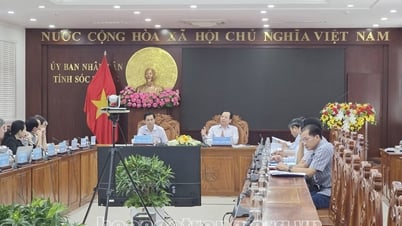









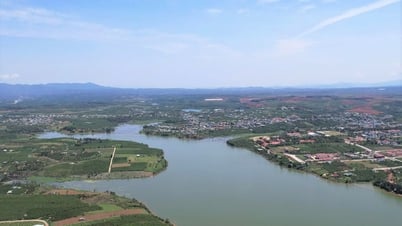





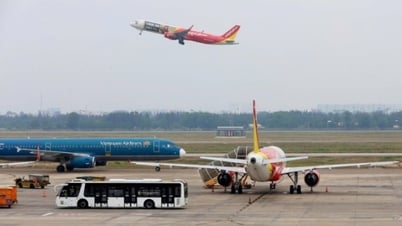
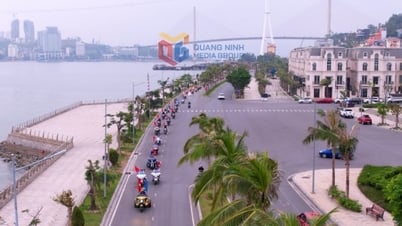
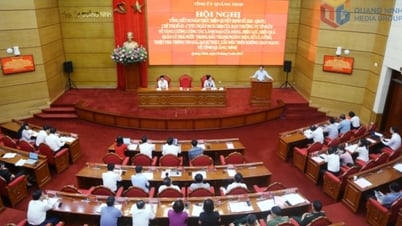

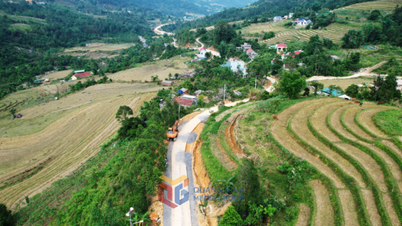

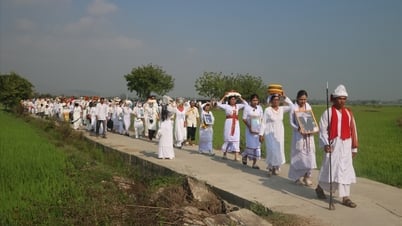










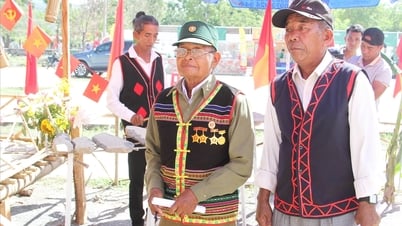









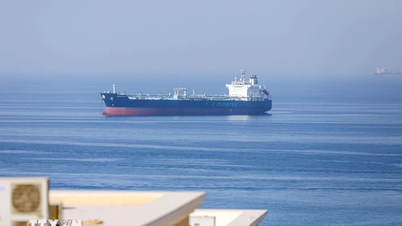





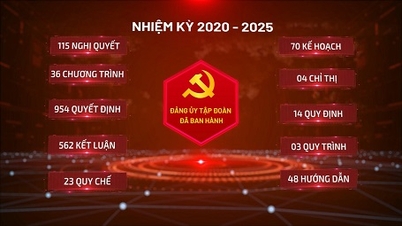


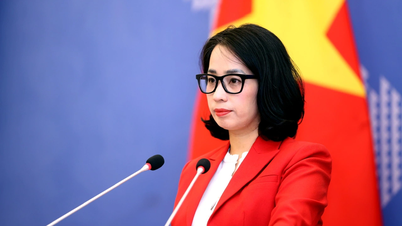


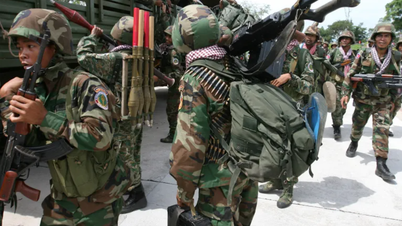




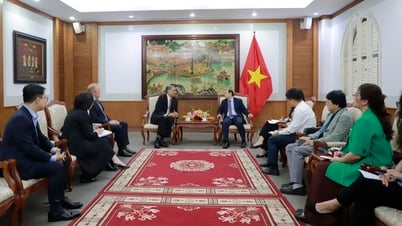
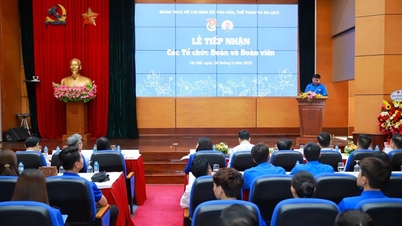

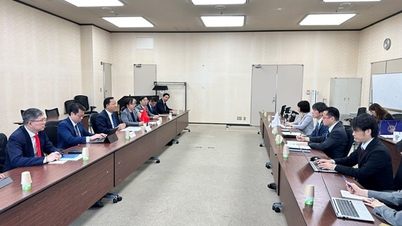

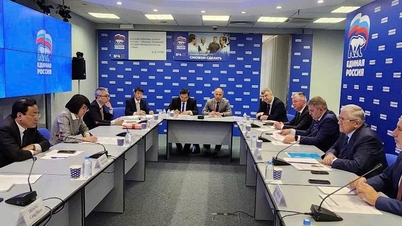

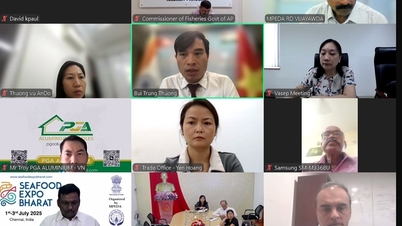
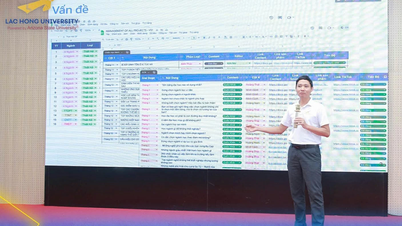




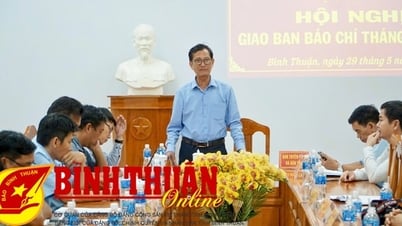


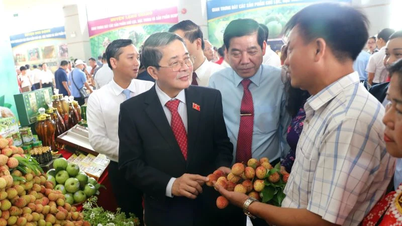

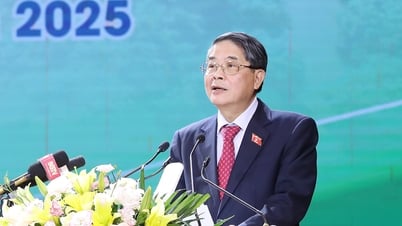






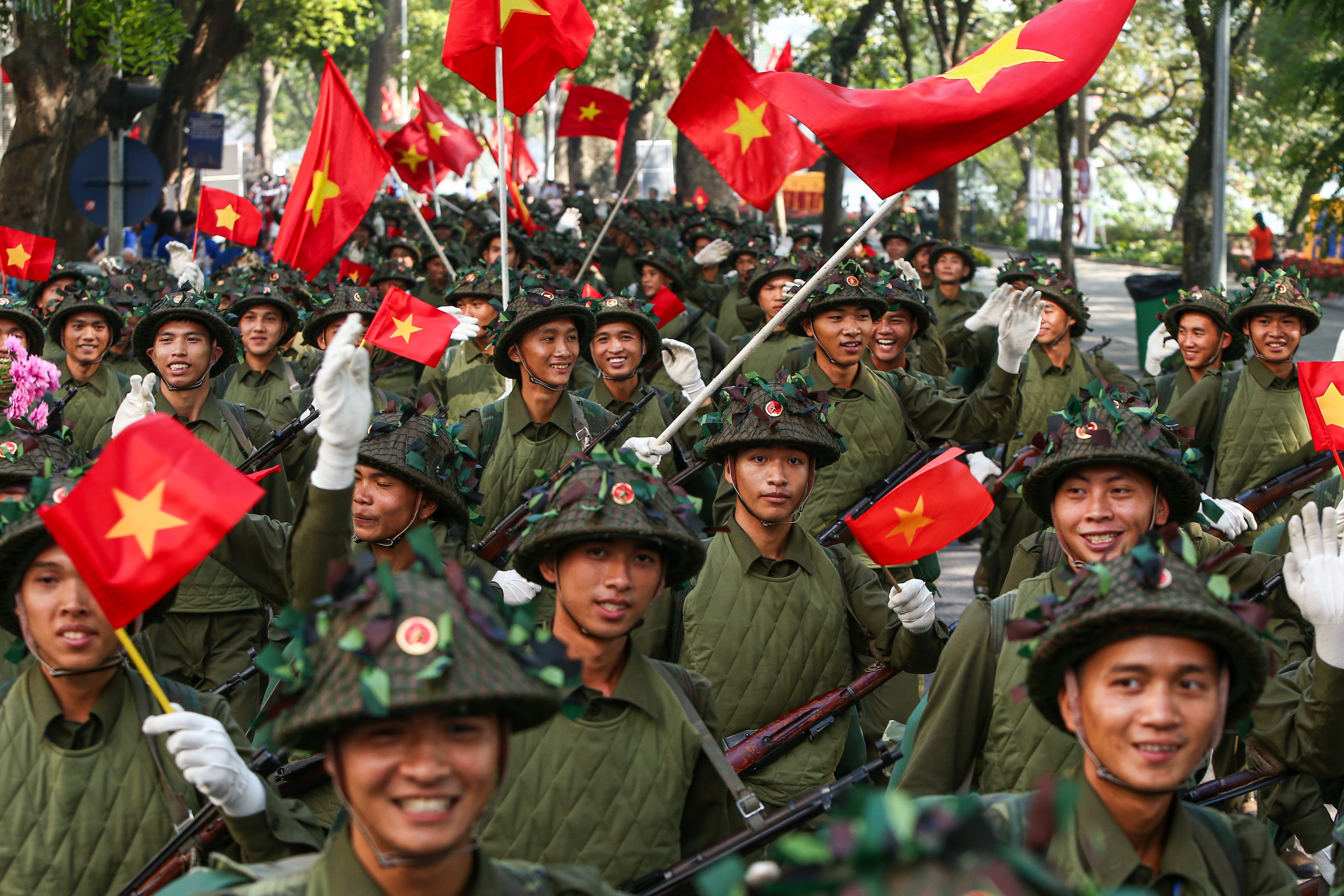


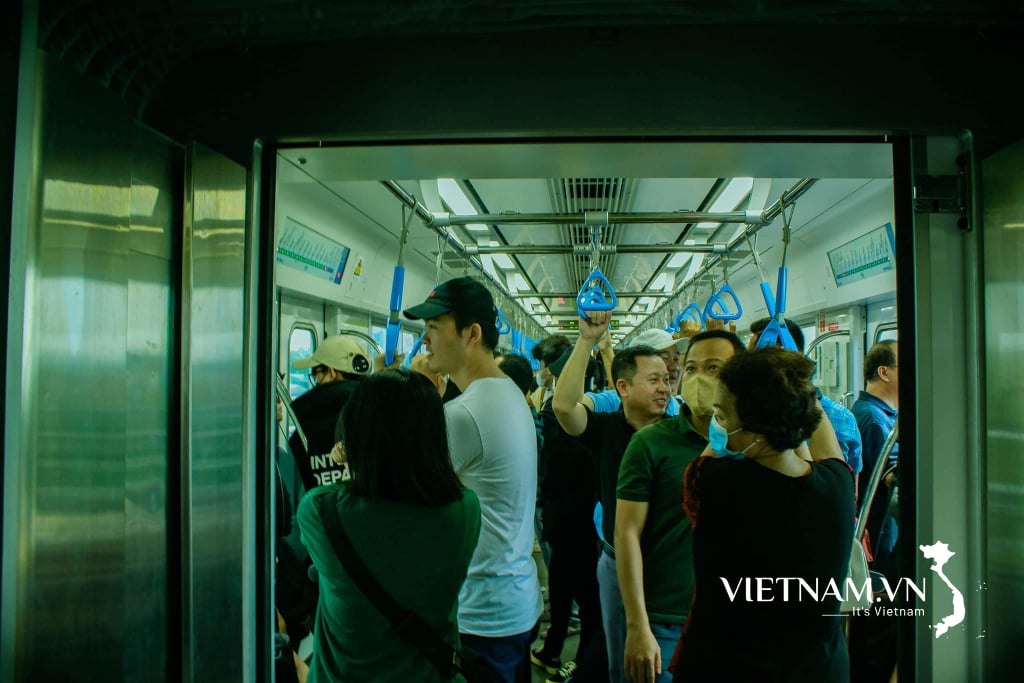
Comment (0)